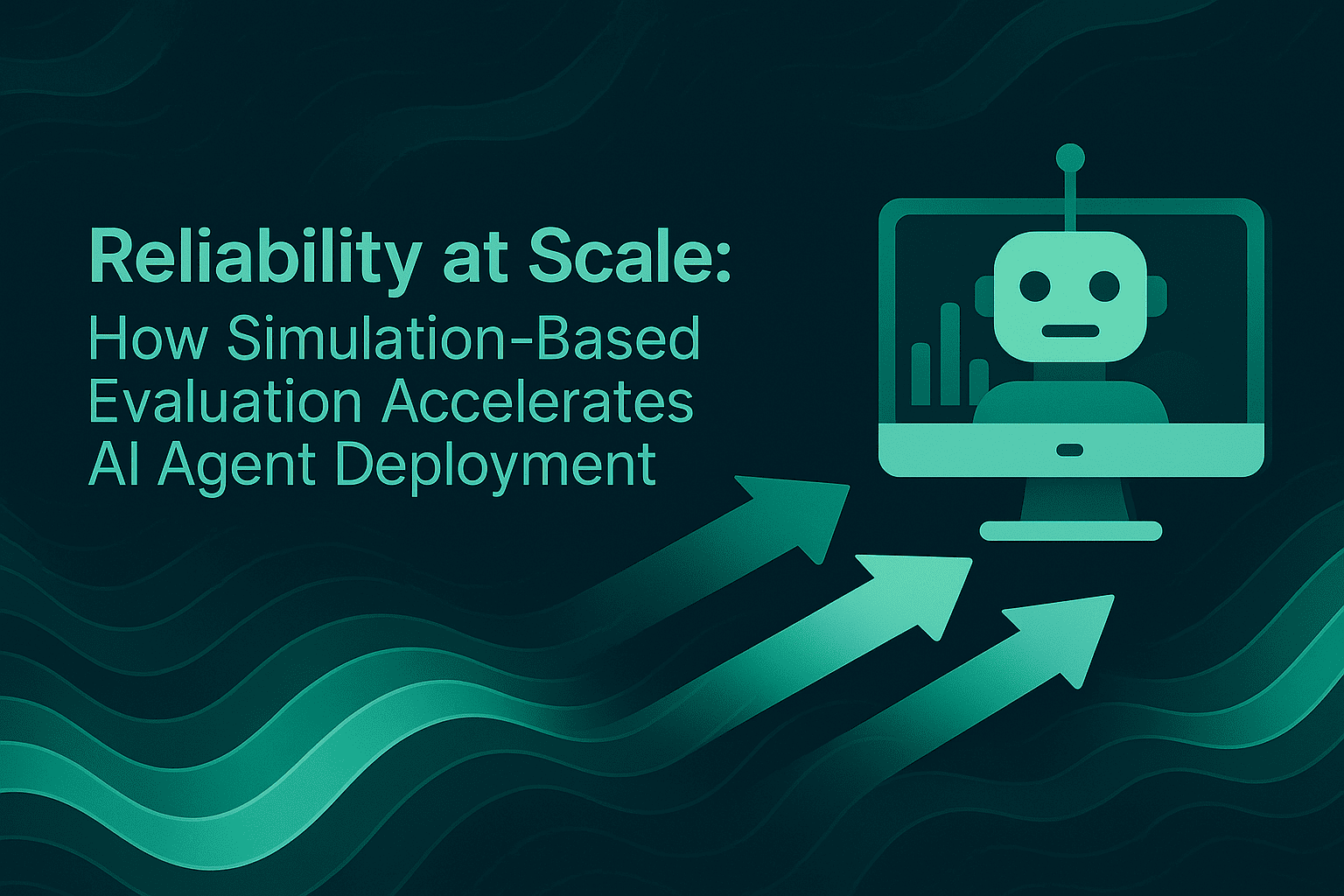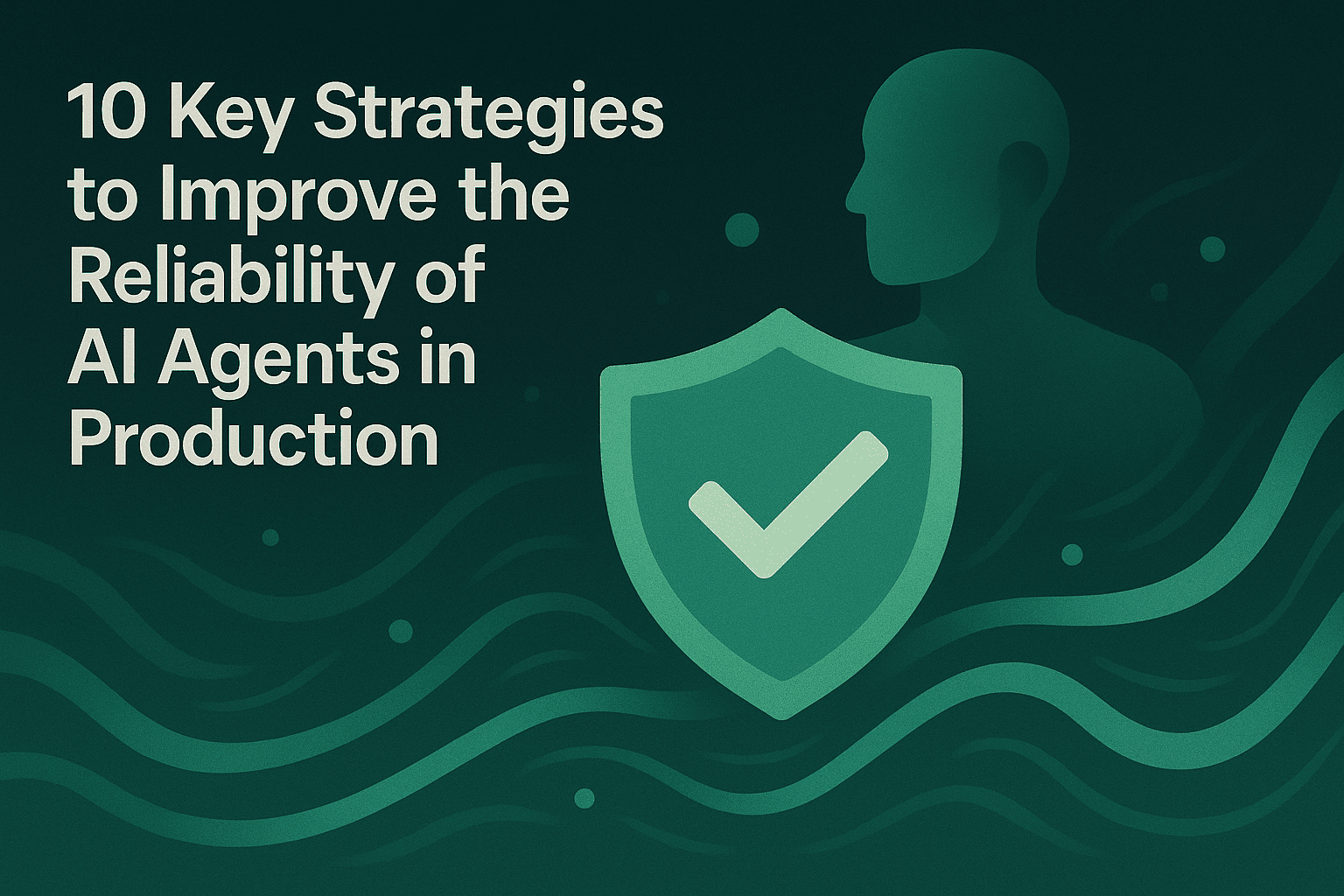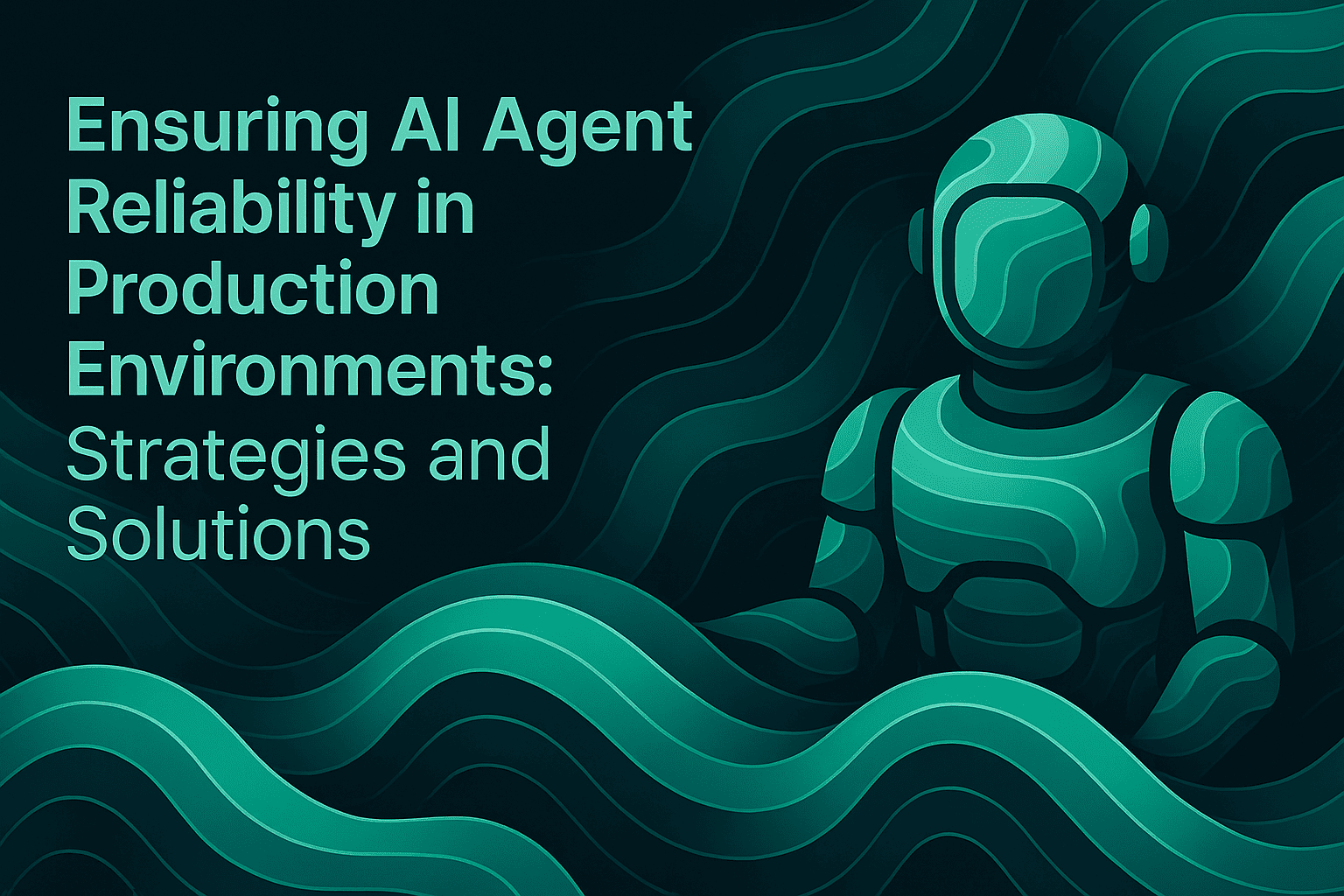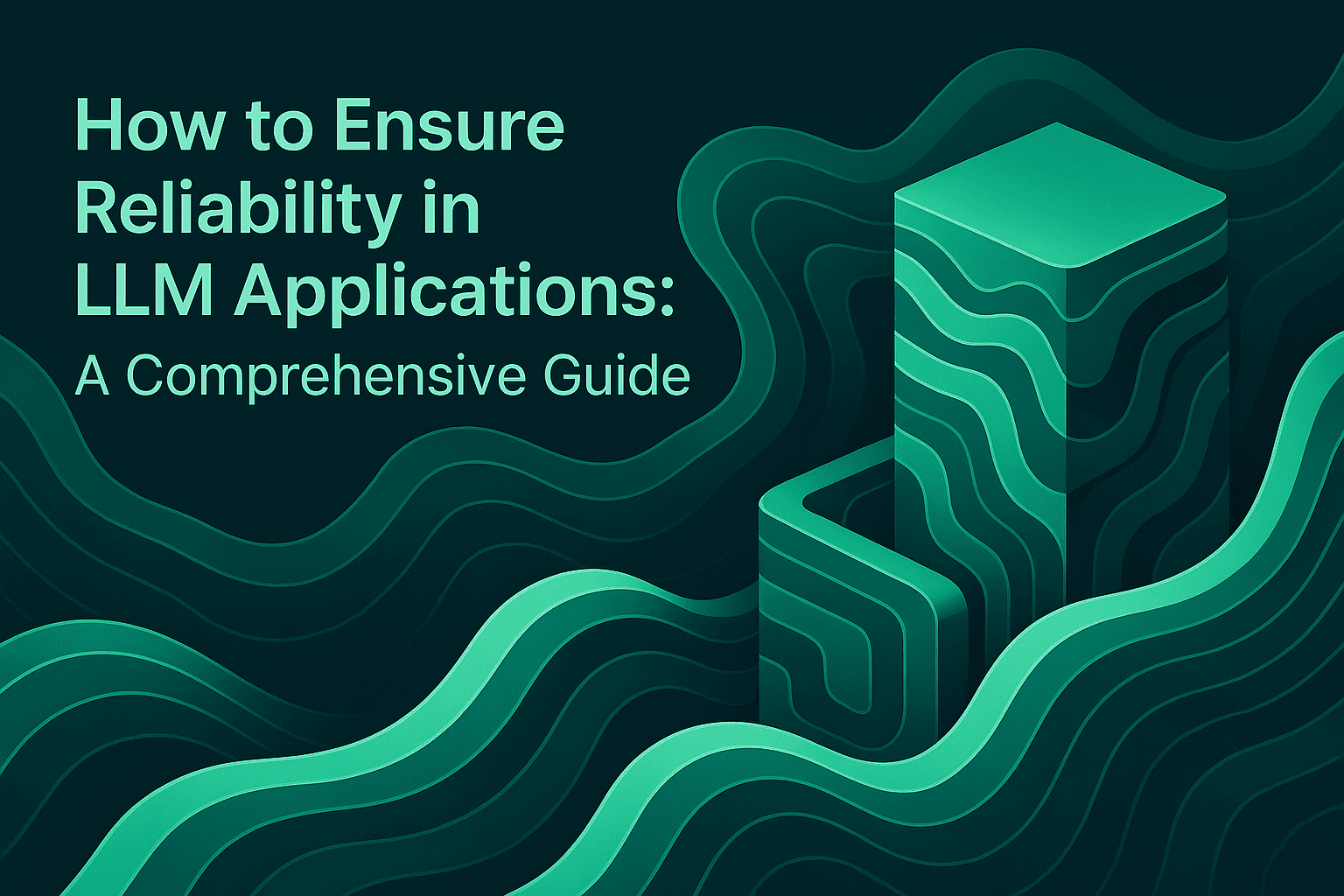Reliability at Scale: How Simulation-Based Evaluation Accelerates AI Agent Deployment

TL;DR
Reliable AI agents require continuous evaluation across multi-turn conversations, not just single-response testing. Teams should run simulation-based evaluations with realistic scenarios and personas, measure session-level metrics like task success and latency, and bridge lab testing with production observability. This approach catches failures early, validates improvements, and maintains quality at scale. Maxim AI provides end-to-end simulation, evaluation, and observability in one platform to operationalize this workflow.
A reliable AI agent should succeed for real users, not only in a demo. Imagine a support copilot that handles routine refunds well but stalls when a tool times out or a user speaks in fragments. Teams ship faster and avoid surprises when they validate behavior against realistic conversations before release and keep measuring quality in production with the same signals.
Why Reliability Depends on Simulation and Continuous Evaluation
AI agents are non-deterministic and multi-turn. Outputs change with prompt updates, retrieved context, tool results, and conversation state. Traditional single-turn tests miss where failures actually happen: step ordering, context maintenance, tool parameter correctness, and recovery behavior.
Scenario-driven simulation validates multi-turn trajectories and catches regressions early by encoding user goals, personas, tool availability, and success criteria. In practice, this looks like building scenario datasets, running simulated sessions at scale, and attaching evaluators for task success, faithfulness, retrieval quality, tone, latency, and cost drawn from Maxim's agent simulation and evaluation guidance.
Core Concepts: Scenarios, Personas, and Multi-Turn Trajectories
Effective simulation evaluates complete conversations, not just final answers. Scenarios define a user goal, constraints, and expected terminal states. Personas describe tone, domain familiarity, and tolerance for ambiguity, so agents face real communication patterns. Multi-turn trajectories measure how the agent maintains context, performs tool calls, and recovers from misunderstandings. These ideas map to Maxim's approach to scenario-based testing and conversation-level metrics like step completion, loop containment, and persona-aligned clarity.
For instance, a billing dispute scenario could require verifying a purchase, applying policy, and resolving in five turns. Success depends on correct tool usage, clear, clarifying questions, and grounded claims. If a tool fails mid-way, the agent should retry, back off, or hand off with a clear explanation.
Learn more:
• How to simulate multi-turn conversations to build reliable AI agents
• Scenario-based testing for reliable AI agents
What to Measure: Signals That Predict Real-World Success
Teams should track session-level and node-level metrics that connect directly to user impact:
- Task success rate tied to explicit scenario criteria.
- Step completion and loop containment to prevent runaway behavior.
- P50/P95 latency and cost envelopes per session and per step.
- Faithfulness and answer relevance when context retrieval is involved.
- Tool-call validity and error attribution for debugging LLM applications.
- Guardrail triggers and how the agent responds in realistic flows.
These signals, used together, provide comprehensive agent evaluation beyond single responses and align with Maxim's published guidance on agent and model evaluation, including how LLM-as-a-judge supports qualitative dimensions like clarity and tone.
Learn more:
• Evaluating agentic workflows: the essential metrics that matter
• Session-level vs node-level metrics: what each reveals about agent quality
Process: A Practical Workflow Teams Can Run Today
1) Define "good" in simple, measurable terms
Start from outcomes. Write acceptance criteria for each scenario and persona. Keep them concrete so they translate into automated evals. Use Maxim's unified framework for offline and online evaluation to align KPIs such as task completion, faithfulness, toxicity checks, latency budgets, and cost caps inside agent evaluation.
2) Build scenario datasets that reflect production
Create datasets encoding steps, expected actions, and checks. Include messy inputs, incomplete context, conflicting tool outputs, and timeouts. In practice, curation blends synthetic coverage with production logs using dataset workflows that promote real cases into a golden set for regression checks, which aligns with Maxim's data curation guidance for evaluations and simulation.
3) Attach evaluators at the session, trace, and node levels
Use programmatic checks for tool parameters and formats, statistical metrics for latency and cost, and LLM-as-a-judge evaluators for faithfulness and clarity when subjective judgment is required. Maxim's LLM-as-a-judge guidance explains where qualitative judgments help and how to integrate them efficiently as part of agentic applications.
4) Run simulated sessions at scale and compare versions
Trigger multi-turn simulations and record trajectories. Compare prompt versions, model choices, and router settings while keeping inputs constant. The goal is controlled experimentation that reveals where improvements hold and where regressions appear, using visualization of evaluation runs across suites.
5) Close the loop with production observability
Instrument agents with distributed tracing so you can trace each decision, tool call, parameters, outputs, and timing. Run online evaluations on sampled traffic, alert on drift, and route subjective or high-impact sessions to human queues. Then convert production failures into repeatable simulated tests, keeping your suite aligned with reality.
| Step | What you do | Why it matters | Tiny example |
|---|---|---|---|
| 1 | Define scenario goals and acceptance criteria | Keeps evaluation objective and measurable | "Refund approved in ≤5 turns with correct tool usage and grounded policy citation." |
| 2 | Build scenario datasets from real and synthetic cases | Covers normal, ambiguous, and degraded tool behavior | Add a case with partial order info and a tool timeout to test recovery. |
| 3 | Run simulated sessions across personas | Reveals multi-turn issues and context loss early | A frustrated user persona tests tone and clarification behavior. |
| 4 | Compare versions and iterate prompts/tools | Confirms fixes and prevents regressions | V1 vs V2 prompt on the same dataset shows higher step-completion. |


